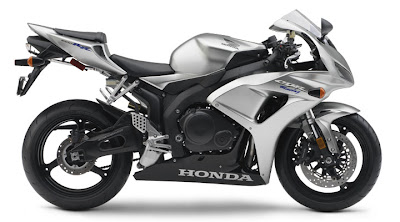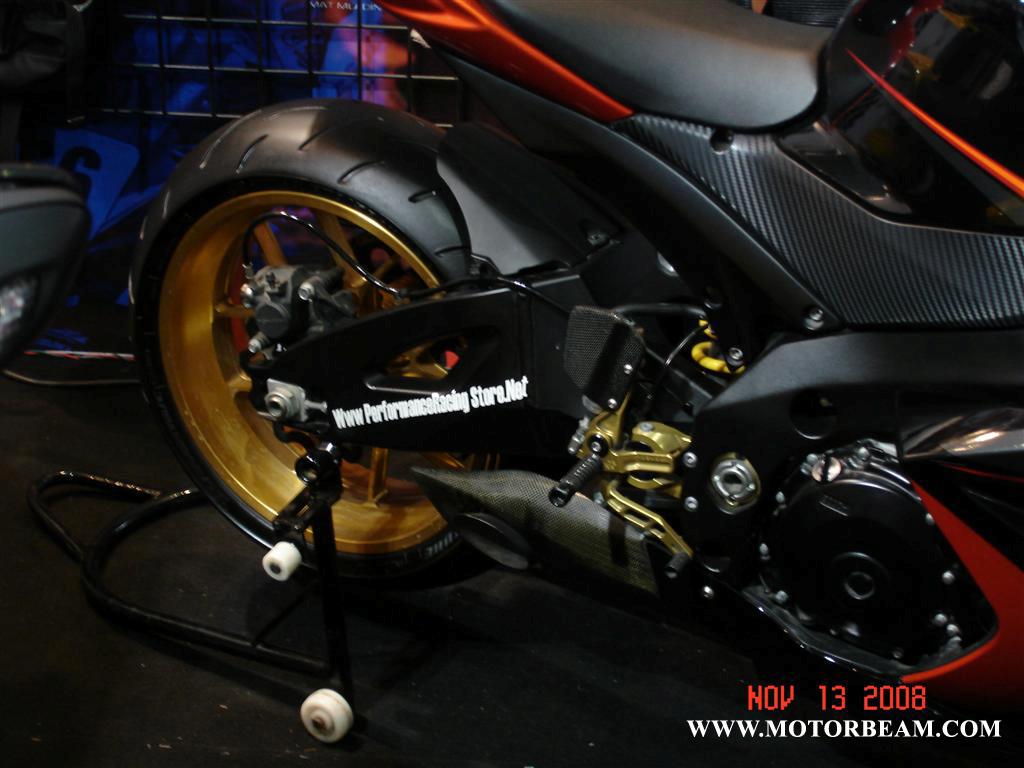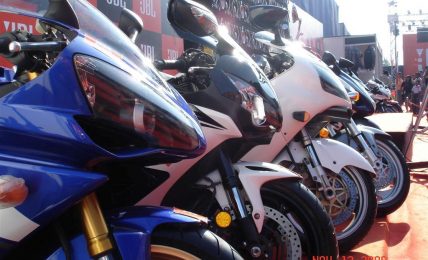
While there is no sign of iconic American superbike Harley Davidson hitting India, the success of Yamaha’s twin superbikes – MT01 and YZF R1, which sold a total of more than 80 units in the past five months—has prompted other bikemakers to line up more products in this category.
Suzuki will launch its famed 1,340cc Hayabusa, GXR 1,000 and Bandit 1,250 bikes in September while Honda will introduce its two superbike models—CBR 1,000 and GLX 1,800—during the festive season in October. Kawasaki is eyeing the market and plans to sell its superbikes through Bajaj Auto’s network.
Yamaha had set an initial sales target of 50 bikes in 2008, but the better than expected sales of its two debutantes has prompted the company to look for other superbikes for the Indian market. Yamaha sales head T Maeda said: “We have sold most of the bikes in smaller cities. Demand for such niche bikes is rising as customers come to know about the various models available. We are looking at increasing our portfolio in this segment to cater to these super rich customers.”
The main trigger for this roadster rush is the government’s emission relaxation on Euro III compliance for Indian roads. “The demand for big bikes is actually more of a hype. We don’t expect big volumes, but it’s an emerging segment and with the number of Indian millionaires rising, the demand for these aspirational bikes will swell. We will introduce Hayabusa because it will showcase Suzuki’s strength as a big bike manufacturer,” said Suzuki Motorcycle India’s vice-president (sales and marketing) Atul Gupta.
For bike aficionados in the country, Honda Motor Company, which is the largest bikemaker in the world, is launching CBR 1,000 and GLX 1,800 in October. Italian major Ducati, which is currently sold in two exclusive showrooms in Mumbai and Delhi, has generated more than 100 queries and secured 10 orders while Kawasaki high-end bikes are expected to roll out from the Bajaj dealer network sometime next year. More than 1,000 high-end bikes are sold in India every year, most of which come as direct imports by the customers.
Source – ET




